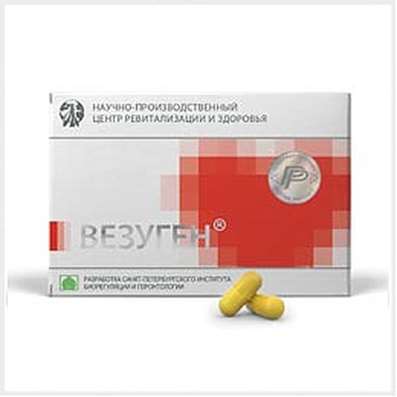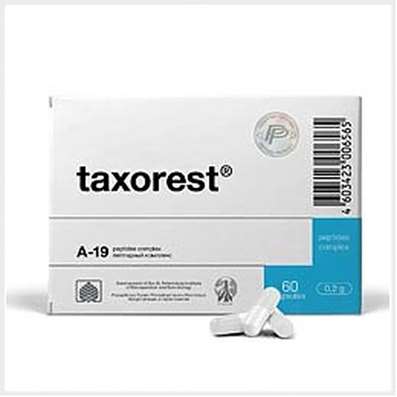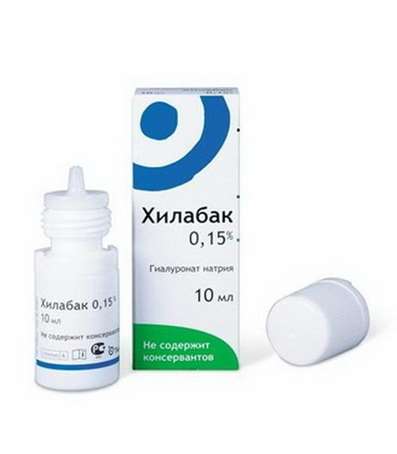Instruction for use: Prilocaine
I want this, give me price
The Latin name of substance Prilocaine
Prilocainum (born Prilocaini)
Chemical name
N- (2-Methylphenyl) -2- (propylaminopropanamide
Gross formula
C13H20N2O
Pharmacological group of substance Prilocaine
Local Anesthetics
The nosological classification (ICD-10)
Z100.0 * Anesthesiology and premedication: Abdominal surgery; Adenomectomy; Amputation; Angioplasty of the coronary arteries; Carotid artery angioplasty; Antiseptic treatment of skin in wounds; Antiseptic treatment of hands; Appendectomy; Atheroctomy; Balloon coronary angioplasty; Vaginal hysterectomy; Venous bypass; Interventions on the vagina and cervix; Interventions on the bladder; Interference in the oral cavity; Reconstructive-reconstructive operations; Hand hygiene of medical personnel; Gynecological Surgery; Gynecological interventions; Gynecological operations; Hypovolemic shock during surgery; Disinfection of purulent wounds; Disinfection of the edges of wounds; Diagnostic Interventions; Diagnostic procedures; Diathermocoagulation of the cervix; Long-term surgeries; Replacement of fistulous catheters; Infection in orthopedic surgical interventions; Artificial heart valve; Kistectomy; Short-term outpatient surgery; Short-term operations; Short-term surgical procedures; Cryotyreotomy; Blood loss during surgical interventions; Bleeding during surgery and in the postoperative period; Kuldotsentez; Laser coagulation; Laserocoagulation; Laser retinopathy of the retina; Laparoscopy; Laparoscopy in gynecology; Likvornaya fistula; Small gynecological operations; Small surgical interventions; Mastectomy and subsequent plastic surgery; Mediastinotomy; Microsurgical operations on the ear; Mukinging operations; Suturing; Minor surgery; Neurosurgical operation; Eclipse of the eyeball in ophthalmic surgery Orchiectomy; Pancreatectomy; Pericardectomy; The rehabilitation period after surgical operations; Reconvalence after surgical intervention; Percutaneous transluminal coronary angioplasty; Pleural Thoracocentesis; Pneumonia postoperative and post traumatic; Preparing for surgical procedures; Preparing for a surgical operation; Preparation of the surgeon's arms before surgery; Preparation of the colon for surgical interventions; Postoperative aspiration pneumonia in neurosurgical and thoracic operations; Postoperative nausea; Postoperative hemorrhage; Postoperative granuloma; Postoperative shock; Early postoperative period; Myocardial revascularization; Resection of the apex of the tooth root; Resection of the stomach; Bowel resection; Resection of the uterus; Liver resection; Small bowel resection; Resection of a part of the stomach; Reocclusion of the operated vessel; Gluing of tissues during surgical interventions; Suture removal; Condition after eye surgery; Condition after surgery; Condition after surgery in the nasal cavity;Condition after gastrectomy; Condition after resection of the small intestine; Condition after tonsillectomy; Condition after removal of duodenum; Condition after phlebectomy; Vascular Surgery; Splenectomy; Sterilization of surgical instrument; Sterilization of surgical instruments; Sternotomy; Dental surgery; Dental intervention on periodontal tissues; Strumectomy; Tonsillectomy; Thoracic surgery; Total gastrectomy; Transdermal intravascular coronary angioplasty; Transurethral resection; Turbinectomy; Removal of a tooth; Cataract removal; Removing Cysts; Removal of tonsils; Removal of myoma; Removal of mobile milk teeth; Removal of polyps; Removal of a broken tooth; Removal of the uterus; Removal of seams; Urethrotomy; Fistula of the luminal ducts; Frontoetmoidohaimorotomy; Surgical infection; Surgical treatment of chronic ulcers of extremities; Surgery; Surgery in the anus; Surgery on the large intestine; Surgical practice; Surgical procedure; Surgical interventions; Surgical interventions on the digestive tract; Surgical interventions on the urinary tract;Surgical interventions on the urinary system; Surgical interventions on the genitourinary system; Surgical intervention on the heart; Surgical procedures; Surgical operations; Surgical operations on veins; Surgical intervention; Vascular; Cholecystectomy; Partial resection of the stomach; Extraperitoneal hysterectomy; Percutaneous transluminal coronary angioplasty; Percutaneous transluminal angioplasty; Coronary artery bypass grafting; Extirpation of the tooth; Extirpation of infant teeth; Extirpation of pulp; Extracorporeal circulation; Extraction of the tooth; Extraction of teeth; Extraction of cataracts; Electrocoagulation; Endourological interventions; Episiotomy; Ethmoidotomy; Complications after tooth extraction
Characteristics of Substance Prilocaine
For parenteral injections, an aqueous sterile isotonic solution is used.
Pharmacology
Pharmacological action - local anesthetic.
In addition, it reduces the excitability of peripheral cholinergic systems, the tone of smooth muscles. At a concentration of 0.5-1 mg / ml, binding to plasma proteins is 55%. It penetrates the GEB and the placental barrier. Metabolised in the liver and kidneys. The duration of action is 2 hours.
Application of substance Prilokaine
Local anesthesia, incl. infiltration.
Contraindications
Hypersensitivity (including to other local anesthetics from the group of amides), idiopathic methemoglobinemia, pregnancy, breast-feeding (for 1 day after use prilokaina stop).
Side effects of substance Prilokaine
Euphoria, headache, chills, tremors, convulsions, inadequate behavior, nausea, bradycardia, hypotension, orthostatic collapse, rash, erythema, anaphylactic reactions.
Interaction
Enhances changes in blood pressure (hypo- or hypertension) caused by MAO inhibitors, tricyclic antidepressants, phenothiazines. Increases the likelihood of cerebrovascular disorders in the background of vasopressor agents.
Overdose
Symptoms: hypoxia, acidosis, bradycardia, arrhythmias, cardiac arrest, methemoglobinemia. Treatment: maintenance of vital functions, with methemoglobinemia - intravenous administration of methylene blue at a dose of 1-2 mg / kg for 5 minutes.
Routes of administration
Parenteral.
Precautions for Substance Prilocaine
In dental practice should be used only with the availability of appropriate resuscitation equipment.

 Cart
Cart





